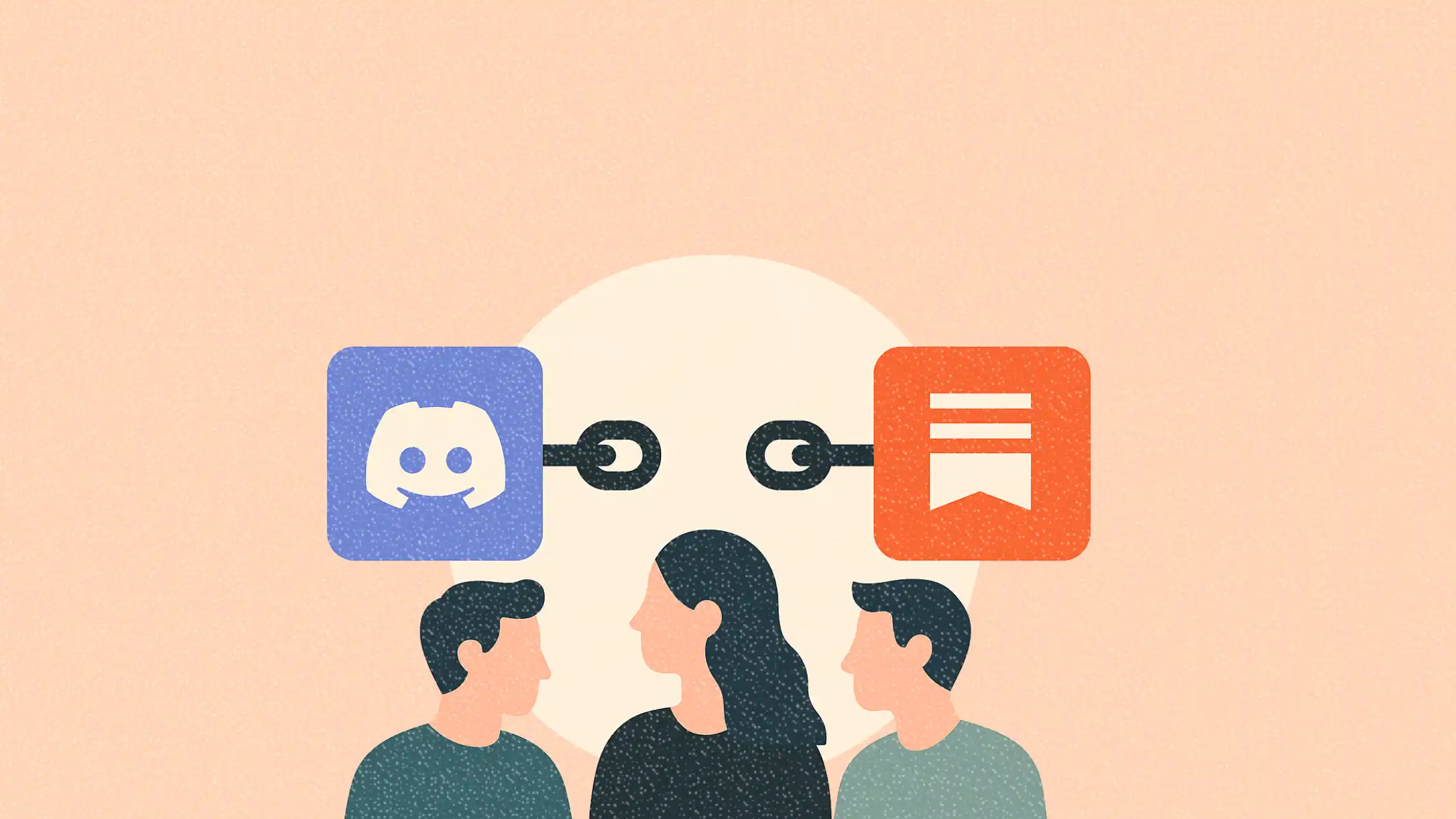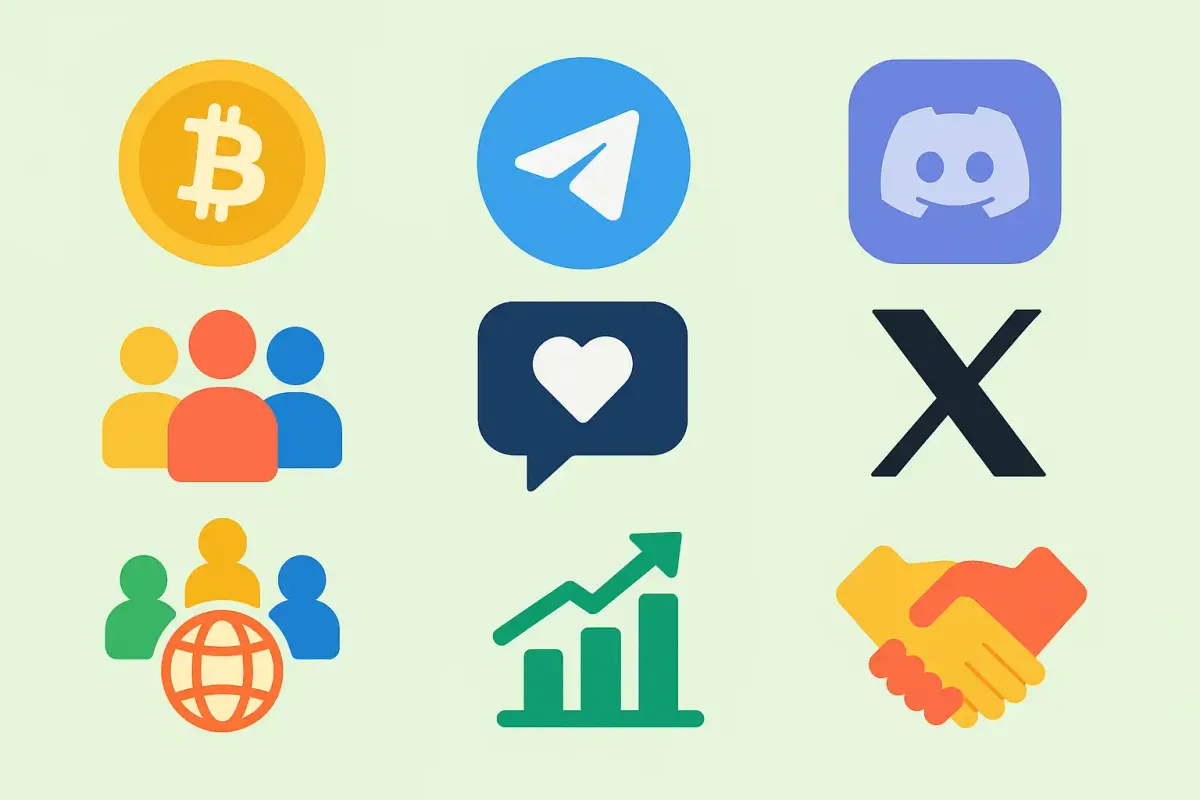Discord and Substack say the future of media is small and private
Discord and Substack make a case for community-first marketing at Social Media Week.

For years, brand presence on digital platforms hinged on big numbers—likes, followers, reach.
But Discord and Substack are flipping that script, claiming the future of platform media lies not in mass broadcasting, but in tight-knit, high-intent communities.
At Social Media Week, executives from both companies shared how their platforms are thriving by focusing on depth over scale—and why marketers need to start thinking like community managers, not broadcasters.
This article explores their vision for what’s next in digital engagement, and how brands can show up (and stay relevant) in these more personal online spaces.
Short on time?
Here’s a table of contents for quick access:
- The shift to small, intentional communities
- Why broadcast tactics don’t work in niche spaces
- What marketers should know about Discord and Substack
- Monetization on the margins—still early days

The shift to small, intentional communities
Discord and Substack may serve different functions—one a real-time group chat app, the other a newsletter and publishing platform—but both are riding the same wave: a turn toward small, private spaces where creators and fans can engage without the noise of traditional social feeds.
Discord's Vice President of Sales Adam Bauer pointed out that the average server size is just five to 20 users. Despite the platform’s massive reach (200 million MAUs globally), it’s these “virtual living rooms” that drive value. Voice chats, live hangouts, and community-built culture keep engagement high—but only if the community feels human.
Substack’s approach mirrors this intimacy.
According to Christina Loff, Head of Lifestyle Partnerships, the platform is seeing more creators ditch public-facing platforms in favor of "paywalled personal" spaces.
Substack's recent launches—including its Notes social feed and a TikTok-style video experiment—are aimed at keeping that connection alive across formats.
Why broadcast tactics don't work in niche spaces
If you're a brand trying to operate in these spaces, the old playbook won't cut it.
Bauer emphasized that Discord users are savvy and allergic to overt marketing. “The ones that fail come in, launch a big splashy server, and then abandon it,” he said.
Without consistent moderation and value, these micro-communities fizzle out fast.
Substack’s model also challenges traditional media thinking. Brands like The RealReal are now hiring embedded writers to build authentic content that mimics Substack-native creators.
The key isn’t interruption—it’s integration. Think thought leadership and shared ethos over banner ads and CTRs.

What marketers should know about Discord and Substack
Brands willing to invest in community-building on these platforms can unlock serious loyalty and engagement.
Here’s how to get started:
1. Treat community as a product, not a channel.
If you’re launching a Discord server or a Substack publication, approach it with the same rigor you’d apply to a product rollout. That means audience research, clear value props, and dedicated resources for community management.
2. Prioritize depth over reach.
Both platforms reward creators and brands that show up consistently. On Substack, that might look like biweekly letters written by someone with real domain authority. On Discord, it's a matter of being present, responsive, and open to conversation—not control.
3. Align brand voice with community tone.
These spaces thrive on authenticity. That doesn’t mean ditching brand guidelines, but it does mean adapting your tone to feel more human, more participatory, and less corporate.
4. Think like a creator.
Brands entering these platforms should borrow from influencer and creator playbooks. Loff noted that creators are increasingly looking to monetize intimate access—something brands can learn from when crafting membership or community perks.
Monetization on the margins are still early days
Neither platform has cracked the monetization code for brands just yet. Discord only rolled out ads in 2024, offering rewarded formats that echo gaming culture by trading engagement for in-app value.
Substack, meanwhile, remains firmly in the subscription camp and ad-free by design.
However, both see promise in creator-led commerce and live video. Loff hinted at the potential for Substack Live and branded shows, while Discord is expected to evolve its ad model as it balances revenue with user experience.
Bottom line: success on these platforms isn’t turnkey. But for marketers ready to put in the work, the reward is an audience that’s not just passive, but fiercely loyal.





